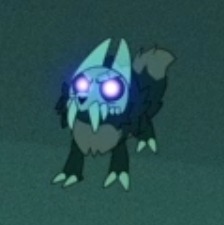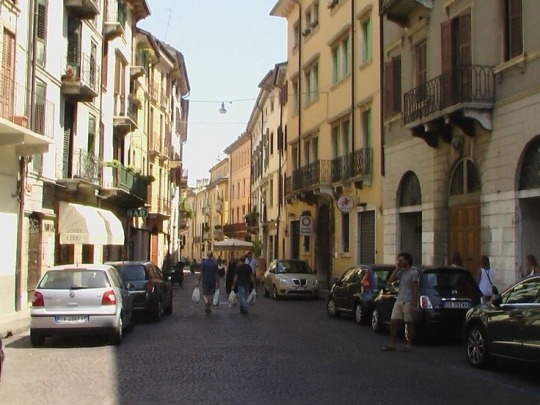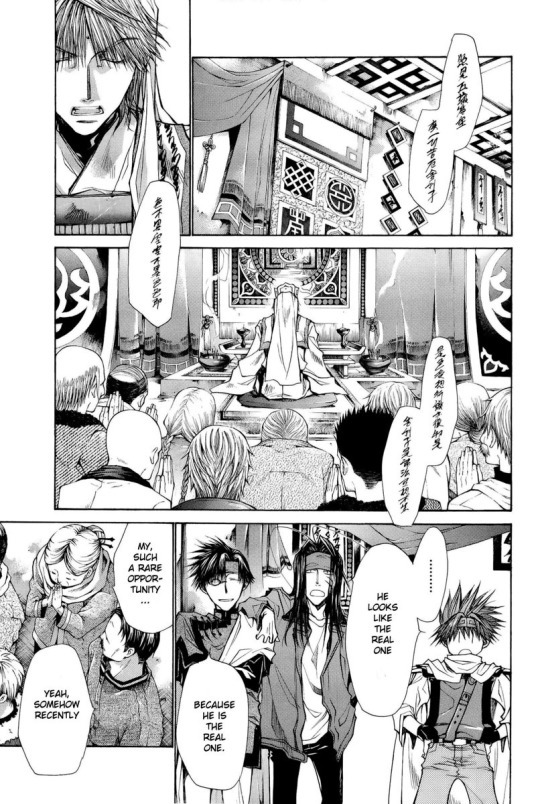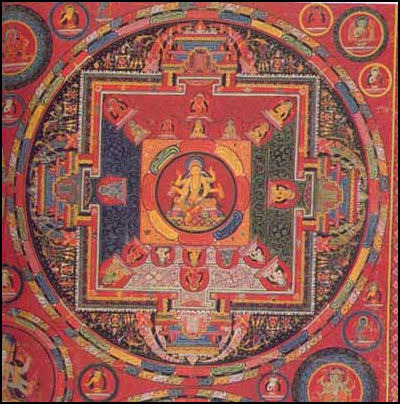#english post
Explore tagged Tumblr posts
Text



Honestly, these shots of King in his feral or enraged state/mode are the most underrated thing of all the chaos that was Watching And Dreaming...
Like, come on, he REALLY REALLY looked like a cutely angry puppy, being even SMALLER than Collie/Enzo...
171 notes
·
View notes
Text
In June, I fell in love with you beneath the strawberry moon.

happy june! ( ❀ )
#spilled writing#spilled ink#english poetry#english post#poetry#dark academia#desi shit posting#desi tag#desi tumblr
32 notes
·
View notes
Text
"The wisest girl of the coast"

I have no better redeeming qualities, but i do take a sinful pride in my intellect.
Mediterranean
14
Litteratue and history lover
Physics major
sufjan stevens girl
jazz and bossa nova lover (stan getz mi corazón)
90% stardust
10% lemon juice


additional information;
She/her
catholic
sicilian (actually tuscan but i've never stepped foot in there so who cares)
i am not very good at talking to people (nor do i really like to) so don't expect much from me
dont expect anything, and you'll be surprised by the little i have to give
alt blog for cringe pjo stuff; @ruleroftheromans


21 notes
·
View notes
Text
Going outside for the first time in a month is like a breath of fresh air

#thoughts#current mood#emotions#english#in english#blog#tumbler#my blog#english tumblr#english post#personal#personal tumblr#my post#english text#my tumblr#text post
12 notes
·
View notes
Text

// eng
My art of Nina from CreepyAsk!:33
I love she,,,
// rus
Мой рисунок Нины из Аска!
Я люблю её.
#art#русский художник#рисунок#русский пост#художник#creepypasta#fanart#nina the killer#my art#english post
24 notes
·
View notes
Text
You are my favorite dirty thought.
15 notes
·
View notes
Text
You can't break someone who is already broken. Do you understand that?!
@un-suflet-anonim
#un suflet anonim#english post#words#thoughts#random thoughts#just a random thing#just a random post#tumblring#blogging#blog post#my tumblr update#writing#posting#updating
15 notes
·
View notes
Text
I don't thingk it's have you a life.




9 notes
·
View notes
Text
"What is Devilman Alternative?"
Is an AU I make myself. basically the plot is "After the events of Devilman Crybaby, Ryo is reborn again, knowing of the punishment God gave him along his memory of what happened in Devilman Crybaby. The blond tries to adapt to his new life, but he feels an presence that not belong to this world, as if it were from another planet or a different world. But who could be that presence that the blonde feels? Could be an enemy or a possible ally? Meanwhile an new exchange student arrives at Nakado Academy".
"Who is the protagonist here?"
An OC I make named Yuuko Evans and idk but I think Ryo will be the deuteragonist.
"What couples will be in this AU?"
-Ryoakira
-Yuuko Evans x Akira Fudo (OC x canon)
-Harumi Yoshikawa x Miki Makimura (Other OC x canon)
-Miko x Kukun
-Miko Kuroda x Eva Maria Parallels (From Cyborg 009 vs Devilman)
-Sayaka Yumi x Kouji Kabuto
-Kouji Kabuto x Akira Fudo (Please don't judge me for this ship literally this ship have zero fanarts or fanfics)
And other pairings for this AU.
"There will be harem or something?"
Nope, but Akira will be have different people interesed in him.
"Other characters from Go Nagai works will appear here?"
Yes (but idk other works I only know Devilman, Devilman Lady, Violenc Jack, Mazinger Z and Demon Lord Dante) I would like context about other Go Nagai works.
"Do you accept any ideas?"
Of course! I will hear any ideas will you have me for this AU
"Where I can read this AU?"
In my wattpad and AO3 account (Both are in spanish but I can make an english version)
This is my first tumblr post and I will accept any ideas or opinions about this AU
3 notes
·
View notes
Text
-.(15-10-24).-
... Warriors...
✨🎶✨ • He doesn't have the profile of what they want him to do, to blame. I wish they would take a good look at what really happened there. The answer will surprise you. • ✨🎧✨

3 notes
·
View notes
Text
Full RAG scenario using #Phi3, #SemanticKernel and TextMemory in local mode
Hi! Today’s scenario is once again, using Phi-3. You know, a groundbreaking Small Language Model (SLM) that is redefining the capabilities of AI for developers and businesses alike. In this blog post, we will explore the importance of leveraging Phi-3 for full-scale scenarios and how you can test these scenarios for free using the Ollama C# Playground. The demo sceanrio below is designed to…

View On WordPress
2 notes
·
View notes
Text
Even though I'm not in favour of Odazai shippers, I can work out the reasons why they are shipped. If we dig in their interactions, at least a glint of platonic love can be appreciated there so... It partly makes sense.
BUT I DON'T SHIP THEM!
3 notes
·
View notes
Text
be so honest
what are you following me for
there's 143 of you i hope for at the very least 4 answers
#girlhood#this is a girlblog#hell is a teenage girl#this is girlhood#female hysteria#you like your girls insane#girlblogger#this is what makes us girls#girlblogging#girl rotting#english post
8 notes
·
View notes
Text
As if I woke up from a dream...

#in english#english#thoughts#current mood#emotions#blog#tumbler#my blog#english tumblr#english post#personal#personal tumblr#my post#english text#my tumblr#text post
9 notes
·
View notes
Text
Buddhist references in Saiyuki (part 1)

English translation of this post.
I love this scene a lot because of both how it was drawn (the style is very beautiful, linear, clean and detailed) and Hakkai's words. When Goku says "He looks like the real one", Hakkai replies with "Because he is the real one". Despite he is not always like a Sanzo, he is a real Sanzo due to his title and the sutra he brings on his shoulders. Here we can notice the "dual nature" of Minekura characters, in this case Genjo Sanzo, who usually does not behave like a "real" Sanzo (we know his defects well) but depending on the occasion (religious ceremony) he knows how to be one (thank god observant people don't see him when he is not in the limelight XD). Depending on the occasion we have to wear masks that do not always fit the situation.
What I like the most about Reload Blast (I actually like everything about it) are the Buddhist references that I have found in this image and will analyse here.
The first symbol that caught my interest was the Endless Knot ( srivatsa in Sanskrit , dpal be'u in Tibetan) or Eternal Knot. It is composed of closed lines intersecting at right angles and symbolizes the beginningless cycle of existence, the inextricable bond of wisdom and compassionate method of Buddha's enlightenment and infinite love and harmony. Originally it seems to have been connected to the Nagas (klu in Tibetan) serpentine beings, half human and half serpent, linked to the water element, protectors of treasures, Sutras (the Prajnaparamita Sutra was hidden by the Buddha in the Naga realm) and also many Teachings. Some of them are Dharmapala (protectors of the Dharma). This symbol is also linked to nandyavarta, a variant of swastika a primordial symbol of constant, endless flux. It is also one of Eight Auspicious Signs, why "auspicious sign"? Because it is the highest symbol of good omen if it is offered together with a gift or a writing and indicates the bond between the giver and the recipient, remembering that every positive and favorable effect for us in the future has its roots, its causes from our actions in the present. As mentioned, it represents the link between Wisdom and Method and these two, from a tantric perspective, are the feminine (Wisdom) and masculine (Method) energy. Since it has neither beginning nor end it also symbolizes the infinite wisdom and knowledge of the Buddha and the eternity of the Dharma through its ceaseless becoming and being in its manifesting for the benefit of all sentient beings. Here is a picture of it:

Author Dontpanic (DogCow in German Wikipedia)
Another thing that leapt out at me is the Mandala (dkyil khor in Tibetan) which more generally represents the palace, the energy field, the Enlightened environment, the Pure Land of the Yidam taken into account. The drawing of the image is very generic, but if I get a close-up of the center I think there might be a seed syllable which is linked to Yidam (1). Mandala represents the quintessence of all phenomenal perceptions, it is the support that allows the practitioner to access these perceptions and the center is none other than the mind of the Buddhas. The Mandala is therefore a skillful means of purifying and transmuting the darkened perception of ordinary beings into enlightened perception. We have three ways to look at the Mandala:
Mandala of the Base: it is the natural Mandala of the Vision, the purity of all phenomena, the intrinsic potential of all things ans beings.
Mandala of the Way: it is the means to integrate the practice with this Vision and is divided into two aspects. The graphic Mandala which represents the plane of reality and the Mandala of significance which concerns the experiences of the practitioner, which in turn concerns the outer Mandala of external perceptions, the inner Mandala of internal perceptions and the secret Mandala which reveal the mind of wisdom.
Mandala of the Fruit: it is achieved when one obtains Buddha's (both trikaya and five wisdoms) Enlightenment (the Fruit of the Way).
Depending on the context a Mandala can have multiple meanings, i.e. it can symbolize the Guru/Master surrounded by his/her/their disciples (2). The Mandala can be divided into "Divine residence Mandala" and "Resident divinity Mandala": it must be imagined as a building of light, square with four doors that rests on an enormous cross-shaped vajra. The four doors symbolize the "Four Noble Truths", the four equal sides of the base of the Mandala represent the Equanimity of the Buddhas towards creatures. The palace is surrounded by a barrier of vajras that prevent anyone and anything from penetrating, in turn this barrier is surrounded by flames, the flames of primordial wisdom. Externally or internally (depending on the type of Tantra, but here you can't see it well, because as mentioned it is a very generic Mandala) at this line of fire or rather circle of fire there are eight cemeteries inhabited by terrible and frightening beings (I wouldn't like to hazard a guess, I think they could be the Eight cemeteries of ancient India considered suitable for meditation but I could also be wrong). This symbolizes the understanding of Emptiness, which goes beyond the dualist division of impure/pure since in Tantrism (not only in Tibetan but also in Japanese, Kashmir and other forms of Tantrism) one is beyond the dualist dichotomy of things and everything is a manifestation of primordial purity. These three barriers (the cemeteries, the vajras and the fire) teach us a very important thing: to access the Yidam palace and tantric practice you must have the ability to abandon Samsara, to develop altruistic aspiration and understand Emptiness. The "Mandala of the deities who reside there" is made up of all the deities, the main one and his retinue. At the center of each mandala there is the main Yidam, which represents the primordial condition of existence, corresponding to the space element, the Mandala is therefore a sacred space charged with the energy of the Yidam and its retinue is capable of transforming the disciple, here I put the peaceful (3) Mahamayuri Mandala:

The other object that can be seen is the incense holder which is very important in altars and offerings as can also be seen well here in this page.
As functional as these objects and symbols may seem (and I know they are in part) to the graphic representation of the place, here elements with a profound meaning that must make us reflect have been inserted. I really appreciate that Minekura included them.
Notes:
(1) In Sanskrit, iṣṭadevatā, it is translated as "meditational deity", literally "cherished divinity", but I do not like this translation choice because it can lead to the erroneous idea that in Buddhism, especially in Vajrayana, there is a god worship kind of which is not true because in Buddhism practitioner focuses on Enlightened beings and takes refuge only in them. Gods are sentient beings residing on ārūpadhātu, rūpadhātu and kāmadhātu and are all subject to the merciless rules of karma and twelve nidānas. They are in the same boat as humans, asuras, animals, pretas and naraka beings. This is why I prefer the Tibetan term Yidam which means "effort of the mind". The word is said to be a contraction of ཡིད་ཀྱི་དམ་ཚིག (yid kyi dam tshig), which means to bind one’s mind ཡིད (yid)་ by promise་དམ་ཚིག (dam tshig). I know very little of Tibetan but it intrigues me as language because of deep and interesting implications it has from a doctrinal and academic level it gives to Buddhist terms and concepts.
(2) I do not rule out that in the manga page there might be a symbolic connection between Sanzo who recites the Sutra and disciples around him.
(3) "Peaceful" here means in opposition to wrathful Yidams which use violent means to destroy obstacles to Enlightenment. Peaceful Yidams on the other hand use subduing methods to deal with obstacles.
---------------------------------------------------
Final thoughts: sorry if this description of Mandala and endless knot is not precise at describing in a more concise and spoon-fed way with types of mandalas, their meanings, symbolism etc. Information provided here are based on my personal experience with Buddhist practice, Buddhist forums, resources, books, academic texts (especially the ones made by Alexander Berzin) and experiences from other practitioners. Maybe in future I might talk in a more descriptive yet very detailed way. Here I wanted to focus more on core essence of these objects shown in the manga page. Hope you like it and have a nice day/evening.
4 notes
·
View notes